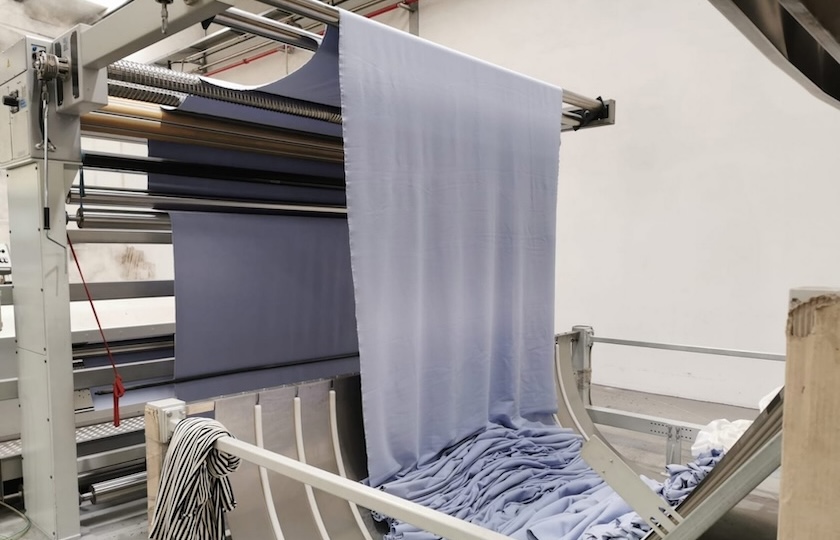Two biologists in Britain have found a way to use bacteria to create colour-making enzymes, opening the way to more eco-friendly dyes for textiles.
Orr Yarkoni and Jim Ajioka, biologists and founders of Colorifix, are using DNA databases to modify the bacteria and produce the enzymes themselves. Ajioka also hopes to lower the cost of the company’s colouring procedure.
They say using enzymes helps cut down the pollution caused by toxic chemical waste from the textile dying industry.
“Sustainability isn’t just about having a great idea,” he said. “It’s also whether you can scale it and make it into something that will be acceptable to the current market.”
According to the company, the process consumes 80 per cent less chemicals, 77 per cent less water and emits 31 per cent less carbon dioxide compared to the traditional dying process.
Mega-retailer H&M and experimental clothing brand Vollebak are early adopts of fabrics dyed with Colorifix’s pigments. In addition to aiming for widespread acceptance, Colorfix aims to shape public perceptions of clothing, prolonging clothing life and ultimately reducing consumption.
- Recommended reading: French startup improves traceability in textile recycling.



